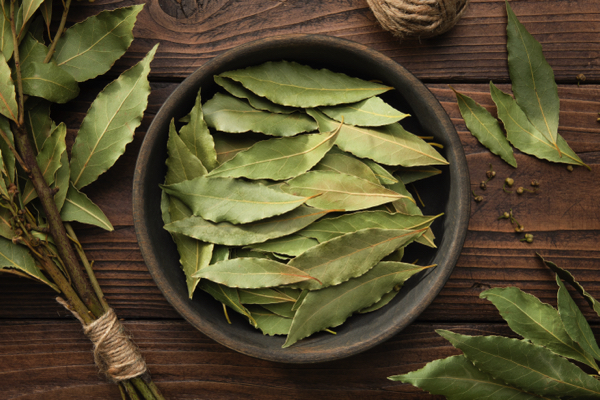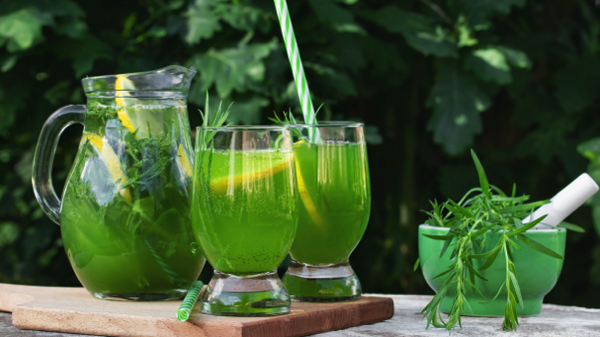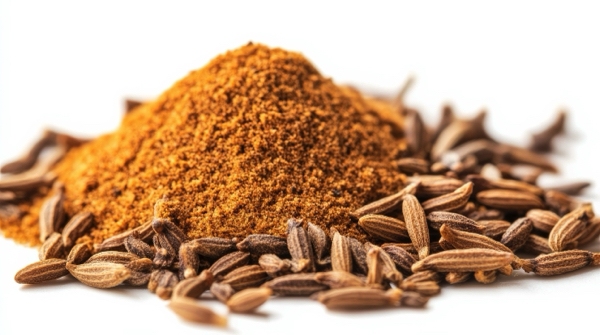Mike Adams Sermon 42: God’s superfruit FIGS can fight warts, staph infections and cancer
11/22/2024 / By Kevin Hughes

The 42nd sermon of the Health Ranger Mike Adams for the Church of Natural Abundance centered on God’s superfruit figs and their natural medicinal properties.
He based his sermon on a verse in the book of the Prophet Jeremiah in the Old Testament. Figs are mentioned many times in the Old Testament, where it is used as a symbol of abundance from God.
The Bible nutrition educator said outside this symbolism, there is a lot of medicinal application for figs – with the fruit being an effective laxative and tonic. Dr. James A. Duke, in his book “Herbs of the Bible,” mentioned that figs may hold the cures for cancer, AIDS and diabetes.
In the Bible, the fig was used to cure topical cancers such as exposed tumors on the skin. It was also used in poultices to treat infections, tumors or boils – the latter often caused by Staphylococcus (staph) bacteria. This is because figs contain psoralen, an antibacterial substance that targets the staph bacteria.
Psoralen, which can be found in fig leaves, may be instrumental in experimental treatments for AIDS. Medical science already uses psoralens to treat blood diseases and psoriasis. Benzaldehyde, another chemical found in figs, has also been used to treat cancers of the gums, neck, liver, uterus and testicles.
Figs are also used for removing skin growths
Adams also mentioned how figs are used to remove warts and corns. He cited one example from Duke’s book that makes use of a fresh fig’s pulp. It was taped to the corn or wart using a plastic sheet and left overnight.
The next morning, the fig pulp is removed and the foot soaked in hot water before removing the growth. In stubborn cases, the overnight treatments can be repeated three to five times.
Adams also shared another remedy to get rid of unwanted skin growths, with this one used in the ancient period. A person should apply the white latex oozing from fig leaves or twigs once a day, between five and seven days. Figs contain enzymes that dissolve protein, just like papaya and pineapple, that get rid of corns, warts and other unwanted skin growths.
He cited a 1998 study published in the journal Diabetes Research and Clinical Practice that touched on the antidiabetic properties of figs. According to the paper, a decoction of fig leaf taken with meals for a month lowered insulin doses for Type 1 diabetics by 12 percent. (Related: The fig: Cultivated longer than wheat or barley, this highly perishable fruit is good for your heart and blood sugar.)
In Indian Ayurvedic medicine, figs are used for treating nosebleeds, leprosy and diseases of the blood and head. Meanwhile, the Chinese apply fig leaves to hemorrhoids. Africans use the fresh fig root in a lotion for thrush, while North African folk medicine calls for rubbing fig leaves on painful, inflamed eyelids.
In France, an essential oil called fig leaf absolute is used in perfumery. Tropical Americans meanwhile use the fig fruits for washing pots and pans. The fig juice is even added in as an ingredient in household detergents.
Follow Fruits.news for more stories about superfruits like figs.
Listen to the 42nd sermon of the Health Ranger for the Church of Natural Abundance about figs.
This video is from the Abundance Church channel on Brighteon.com.
More related stories:
Go fig-ure: 7 types of figs to add to your garden and how to grow them.
Trouble in the wild? Use the bark of the fig tree to promote wound healing.
Transplanting fig trees for your home gardens.
Seven amazing reasons to eat more figs.
Sources include:
DiabetesResearchClinicalPractice.com
Submit a correction >>
Tagged Under:
Abundance Church, alternative medicine, Church of Natural Abundance, Cures, figs, food cures, food is medicine, Fresh, fruits, healing, Health Ranger, herbal medicine, Mike Adams, natural antibiotics, natural cures, natural health, natural medicine, remedies, sermon
This article may contain statements that reflect the opinion of the author
RECENT NEWS & ARTICLES
FoodIsMedicine.com is a fact-based public education website published by Food Is Medicine Features, LLC.
All content copyright © 2018 by Food Is Medicine Features, LLC.
Contact Us with Tips or Corrections
All trademarks, registered trademarks and servicemarks mentioned on this site are the property of their respective owners.




















